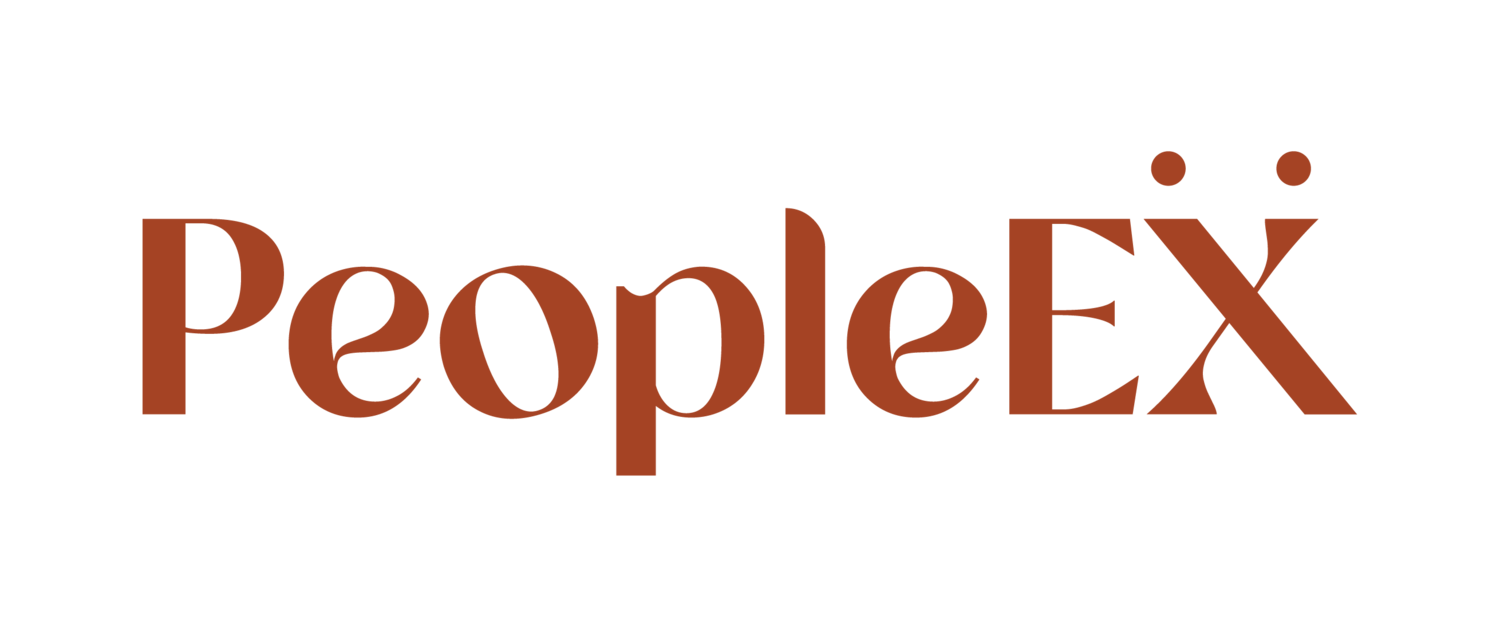How can HR help recession-proof your business?
Nearly two-thirds of the world's leading economists surveyed by the World Economic Forum forecast a global recession in 2023.[1]
With an economic downturn looming, organisations are rightly considering whether to tighten their belts. And unfortunately, layoffs and hiring freezes can become a default response to uncertain times.
But there are many things a business can do before they consider cutting people. Leaders must prepare for a recession before it hits and do so purposefully and strategically.
In our combined 100+ years of HR experience, we've observed that one of the best ways to recession-proof a business is to focus on value creation – putting purpose at the core of organisational design. Decisions are then anchored in value creation rather than cost cutting.
When companies start laying people off, morale plummets, and there is a tremendous impact on productivity. HBR reported, 'After a layoff, survivors experienced a 20% decline in job performance'[2]. In addition, layoffs and hiring freezes almost always result in overworking the remaining employees and pushing a sentiment of “survivors guilt”.
On the other hand, purpose — combined with equitable pay and good experiences — brings out the best in people.
So, despite the obvious stresses that a recession can bring, we want to make the case that recessions are also an opportunity to reprioritise purpose, innovate and strengthen the way a business operates today.
Here are some of the ways HR can help do this.
Organisational design
Organisational design is the process of creating or redesigning an organisation's systems to achieve its strategic objectives.
In a nutshell, we review an organisation's objectives, analyse the gap between its current state and its future goal state, and then design the organisational practices, roles, processes and structures to bridge that gap.
Good organisational design is a holistic view of the entire business. It aims to create a business that is agile, innovative, and aligned with purpose, empowering employees towards productivity and success.
Recession is a common trigger for organisational design as businesses look to reduce operating costs. However, the disadvantage of this reactive-type of organisational design is that it can often focus on headcount changes and therefore lack a review of culture, purpose and performance – all things needed to create an agile and thriving business.
We recommend a more future-focused organisational design that enables an organisation to pivot in accordance with its purpose rather than in response to economic pressure, allowing the organisation to emerge from the downturn with a stronger, more engaged team.
Quiet hiring
While 'quiet quitting' and 'quiet firing' were the buzzwords of 2022, there is another catchword on the horizon called 'quiet hiring'. And according to Gartner, 'quiet hiring' is one of the top workforce predictions for 2023.[3] It involves giving current employees greater scope and responsibilities beyond their current roles.
Emily Rose McRae, Sr. Director of Research at Gartner, said, 'Quiet hiring is when an organisation acquires new skills without actually hiring new full-time employees.'
Moving from perks to purpose
As the recession looms, big bonuses and lavish trips – both used to retain talent - are one of the first expenses to go.
We see this as an opportunity to enhance employee retention and engagement by shifting the focus from perks to purpose. What matters more is what you offer, not always how much you offer.
Employees need to know the link between their work and the organisation's greater mission. And employees who feel a sense of purpose – both in their work and in the deeper meaning behind their work - are more engaged, more fulfilled and have greater job satisfaction.
Reduce unnecessary expenses
Now is an opportunity for HR to review the organisation's budget and identify areas where costs can be reduced without impacting employee morale or productivity. This could include reducing travel expenses, renegotiating vendor contracts, or cutting back on non-essential perks and benefits as mentioned above.
Communicate, Communicate, Communicate
Working with a comms professional, HR needs to develop a comms plan outlining updates on the company's financial performance, any changes to employee benefits or compensation, and any other pertinent information. Employees need a continuous flow of relevant information as well as ongoing opportunities for feedback and discussion. It would also pave the way to source good employment law advice before proceeding to change any employee terms and conditions.
Contingency planning and evaluation of staffing needs
HR can use this time to evaluate the current workforce and determine which positions are critical for business operations. Leaders should prioritise retaining essential employees while considering cost-saving measures like reduced work hours or voluntary redundancies.
And in case of layoffs, HR needs a contingency plan. The plan should outline the process for selecting employees for layoffs, the communication strategy with impacted employees, and the resources available to support them.
A word of caution here: unconsidered layoffs as a response to economic downturns rarely help senior leaders accomplish their goals. There are better approaches to workforce transitions, such as those mentioned in this blog, that will retain and even boost employee morale (and productivity).
At the end of the day, the recession will eventually end. And the organisations that do best will be those who have structured their business for good and stormy times and prioritised long-term employee engagement over short-term financial results.
We're here to help recession-proof your business. Over the next few months, we'll dive deeper into these HR principles to help you establish a good HR runway, so keep an eye on your inbox. Or reach out to us anytime. Our goal is to help you emerge from the downturn with a stronger team and a greater sense of purpose.
As Albert Einstein once said, “In the midst of every crisis, lies great opportunity”.
Sources:
[1] https://www3.weforum.org/docs/WEF_Chief_Economists_Outlook_2023.pdf
[2] https://hbr.org/2018/05/layoffs-that-dont-break-your-company
[3] https://www.gartner.com/en/articles/9-future-of-work-trends-for-2023

